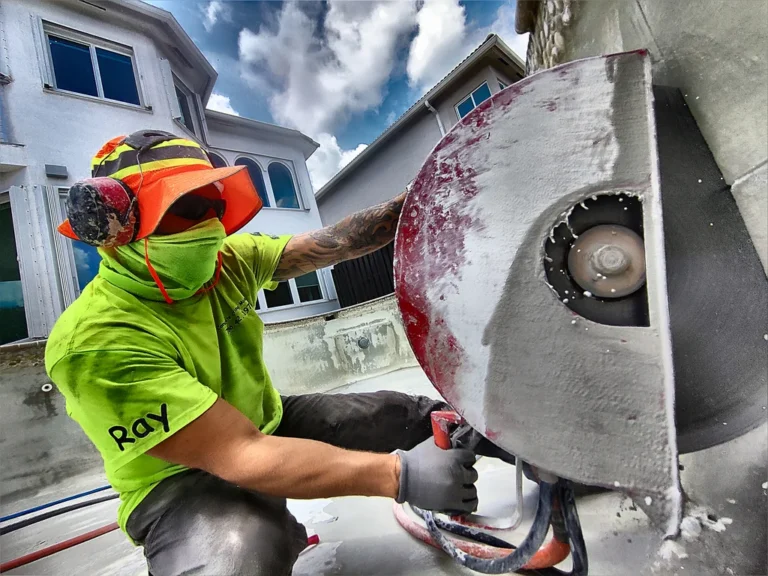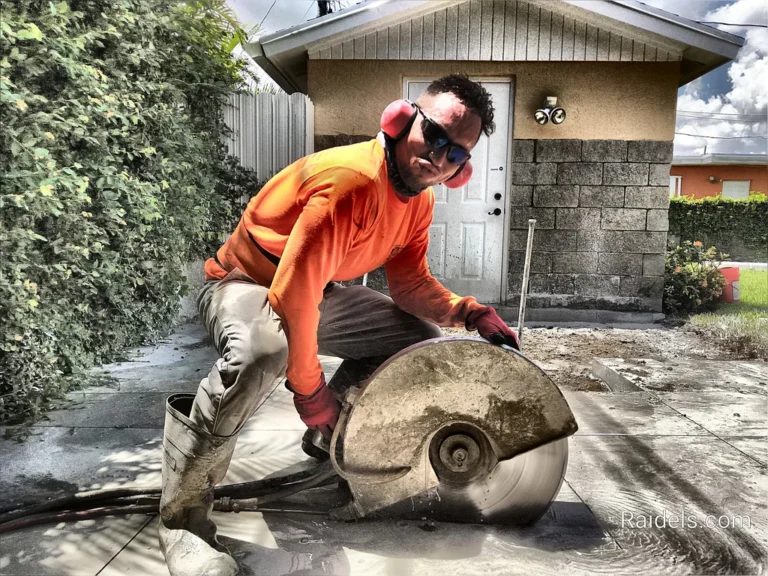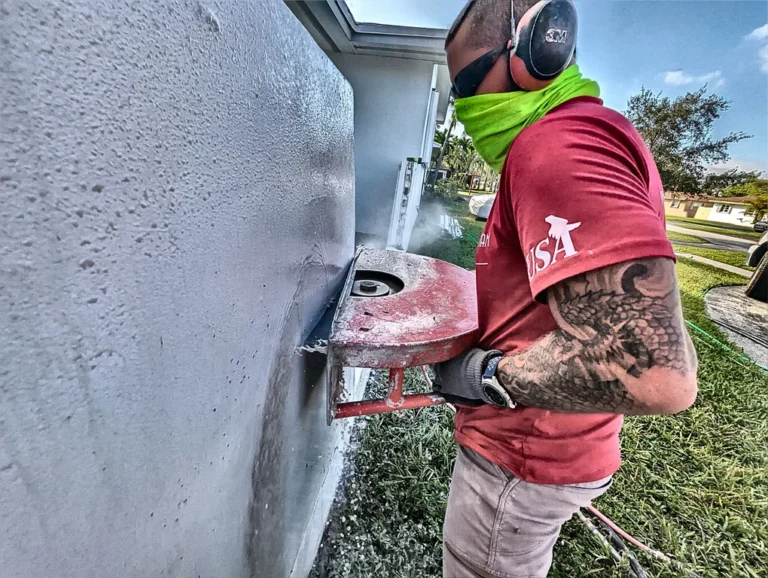Concrete pipes are an essential component in the construction industry, serving as underground drainages and culverts. However, cutting these pipes to size can be a challenging task, especially for those who are new to the job. The process requires precision, accuracy, and safety measures to ensure the final product is of high quality.
In this article, we’ll go through the different techniques and tools used for cutting concrete pipes and the steps involved in each process. Whether you’re a professional contractor or a DIY enthusiast, this guide will help you achieve accurate and safe cuts every time.
Tools and Equipment
Before we delve into the cutting techniques, let’s take a look at the tools and equipment you’ll need. Here’s a list of the basic tools required:
- Diamond blade saw
- Safety glasses
- Dust mask
- Gloves
- Measuring tape
- Chalk line
- Concrete cutting blade
- Concrete saw
- Ear protection
Techniques for Cutting Concrete Pipes
- Hand-held Cut-off Saw:
A hand-held cut-off saw, also known as a concrete saw, is a versatile tool that can be used to cut concrete pipes. It’s a popular choice among contractors due to its portability and ease of use. To use this tool, you’ll need to purchase a concrete blade, which is specially designed to cut through concrete.
Here’s how to use a hand-held cut-off saw:
- Measure the length of the cut you need to make and mark it on the pipe using a chalk line.
- Put on your safety gear, including safety glasses, dust mask, gloves, and ear protection.
- Start the saw and slowly bring it into contact with the concrete pipe, making sure to keep the blade perpendicular to the surface.
- Apply gentle pressure to the saw as you make the cut, keeping the blade moving in a steady and controlled manner.
- Once you’ve made the cut, turn off the saw and let it cool down before removing the blade.
- Wall Saw:
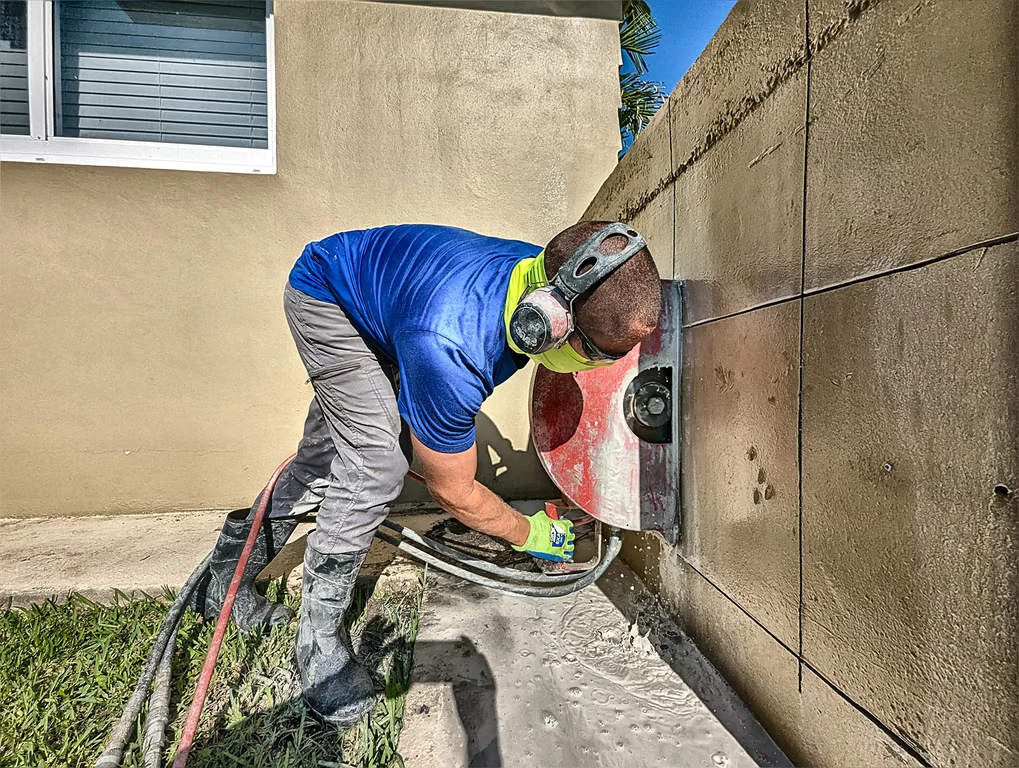
A wall saw is a powerful tool that can be used to cut large concrete pipes, or even entire walls. This tool is attached to a track, which guides the saw as it makes the cut. The wall saw is a stationary tool and is typically used for larger projects.
Here’s how to use a wall saw:
- Measure the length of the cut you need to make and mark it on the pipe using a chalk line.
- Put on your safety gear, including safety glasses, dust mask, gloves, and ear protection.
- Start the saw and slowly bring it into contact with the concrete pipe, making sure to keep the blade perpendicular to the surface.
- Apply gentle pressure to the saw as you make the cut, keeping the blade moving in a steady and controlled manner.
- Once you’ve made the cut, turn off the saw and let it cool down before removing the blade.
Cutting concrete pipes can be a challenging task, but with the right tools and techniques, it can be done accurately and safely. Whether you’re using a hand-held cut-off saw or a wall saw, the key is to take your time, use proper safety gear, and follow the steps outlined in this guide.
If you’re in the Miami, Broward, or Florida Keys areas and are in need of professional concrete cutting services, look no further than Concrete Cutting Miami. Our team of experts can handle any project, big or small. Call or text 888 828.8646 to schedule a consultation, or follow us on social media for more information about our services.
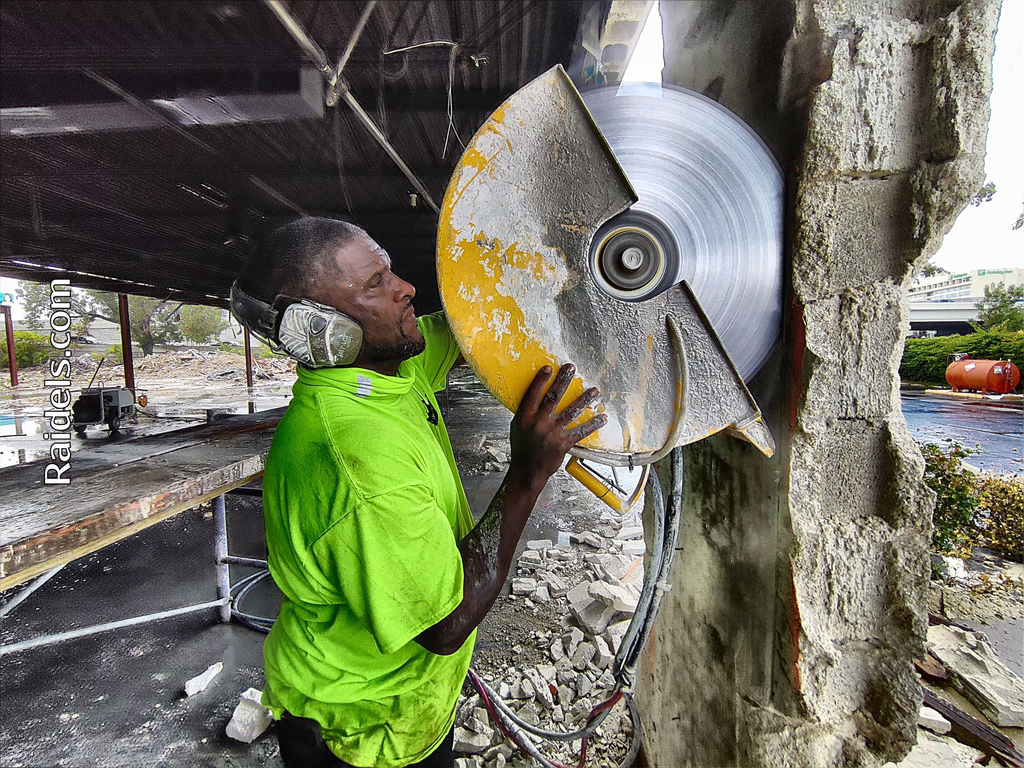
Don’t forget to always prioritize safety when cutting concrete pipes. Wear the appropriate safety gear and take your time to ensure a successful and safe project outcome. With these tips and techniques, you’ll be able to make accurate cuts every time.
